Sewing Machine Parts
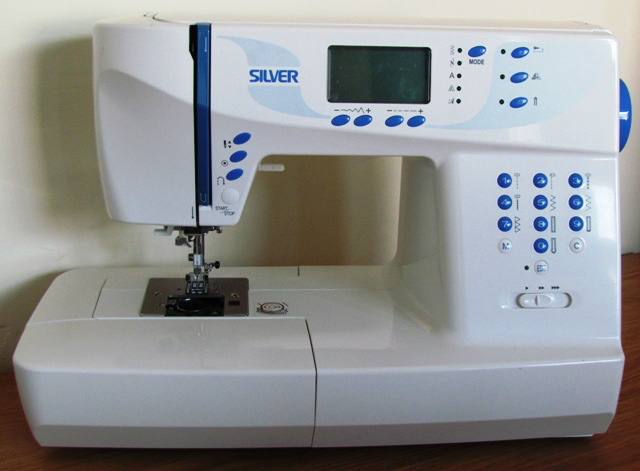
There are many sewing machine parts to get used to whether this is your first machine or one that is new to you. The basic components are the same on all machines as they all have a needle, wheel handle and thread holder. The more complicated the machine the more sections there are.
The picture above is the one I use at the moment and just love it. The previous one was a Toyota which was more of a basic model and my first ever machine was a New Home that I used for about 30 years and made goodness knows how many things on that from clothes to replacement covers for different things.
Basic Sewing Machine Parts
The Handle
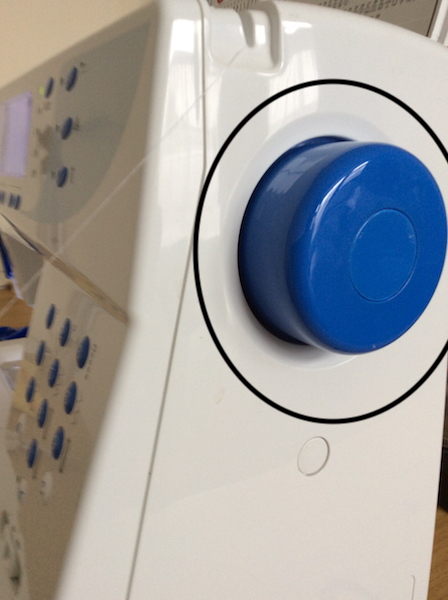
This raises and lowers the needle when turned by hand. These vary in design and with much older machines the handle was larger with a cut away design. Useful if you need to sew tricky sections very slowly. Just because the machine is electric it doesn't mean that it cannot be worked by hand.
The Power Source
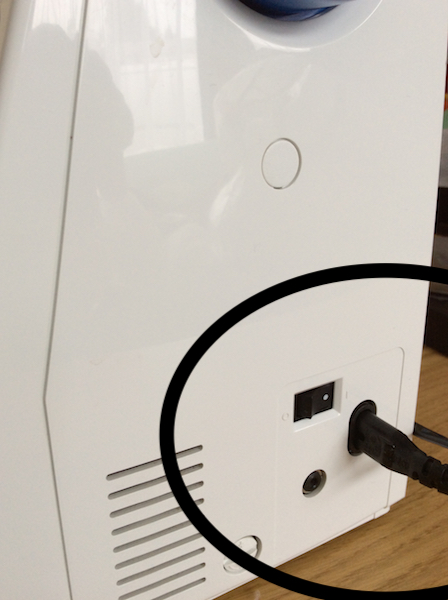
Somewhere on your machine there will be a two or three pin socket to allow for the cable to be plugged into the mains.
The Foot Pedal
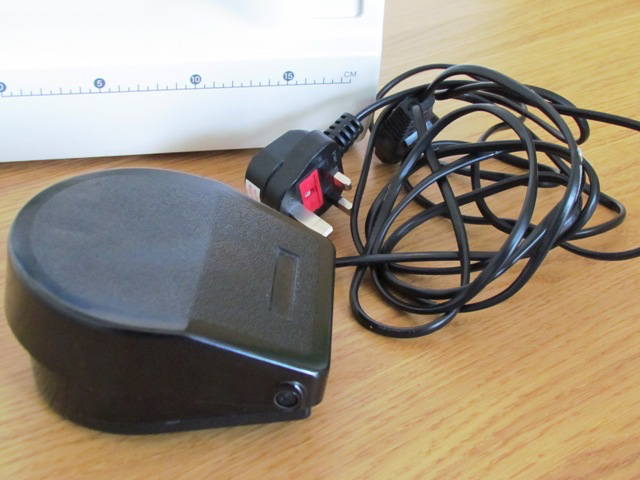
Once the machine is plugged into the mains the foot pedal when pressed with the foot acts as the switch to start the machine, leaving your hands free to guiding the fabric. The one advantage of the machine I use now is that I don't need to use the pedal as there is a stop/start button.
Basic Stitch Buttons
The two machines below are the starter machine my previous machine and the advanced one I am using now. Both are great machines and are being used to show some differences in the parts they have.
When the machine is switched on the standard starting stitch will always be a straight stitch.
The advanced machine also has a pattern memory that can be changed using the M, C and edit buttons.
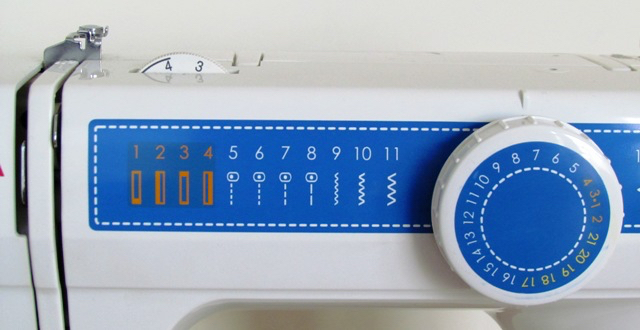 Starter or Basic Machine
Starter or Basic MachineStraight stitch is set as no 7 with zigzag at no 10
Buttons 1-4 are for buttonholes.
Dial is turned to the number required.
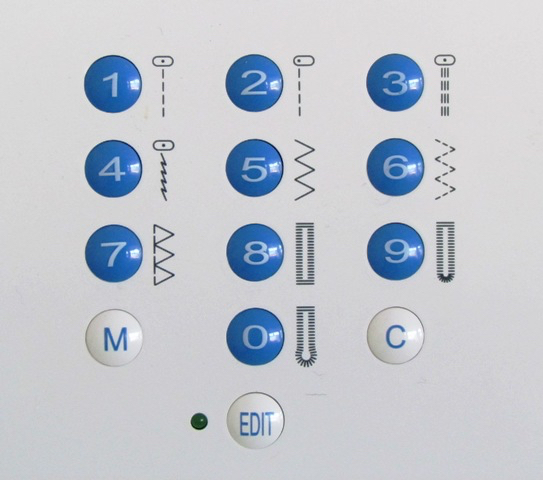 Advanced Machine
Advanced MachineStraight stitch is set as no 1 with zigzag at no 5
Buttons 8,9 and 0 are for buttonholes.
Buttons pressed for the corresponding stitch.
The Needle and Bobbin Case.
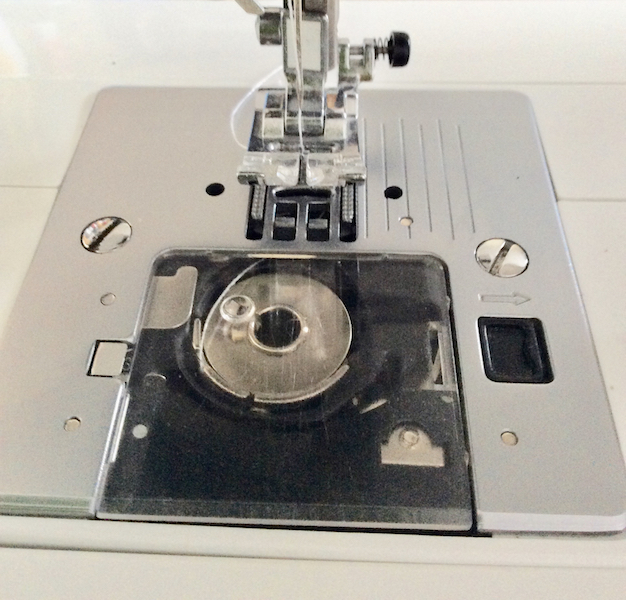
This is the business end of the machine where all the attaching of the fabric happens. Sewing again like knitting is really a success of loops that intertwine with each other and forms a stitched seams.
Here the thread from the needle loops with the thread from the bobbin to make this happen. Just under the foot of the machine are the teeth of the feed plate. These hold onto the fabric while it is stitched.
As long as you have these main sewing machine parts on your machine and some thread basic sewing can begin.
Additional Decorative Sewing Machine Parts
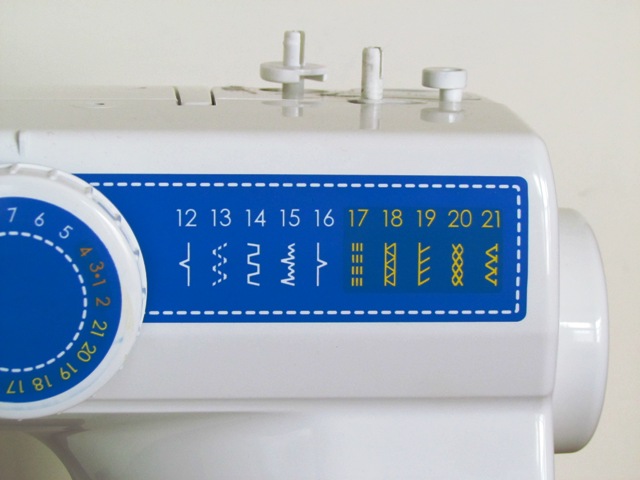 Starter or Basic Machine
Starter or Basic MachineThese are some additional stitches for hemming and decoration. Dial is turned to the correct number for required stitch.
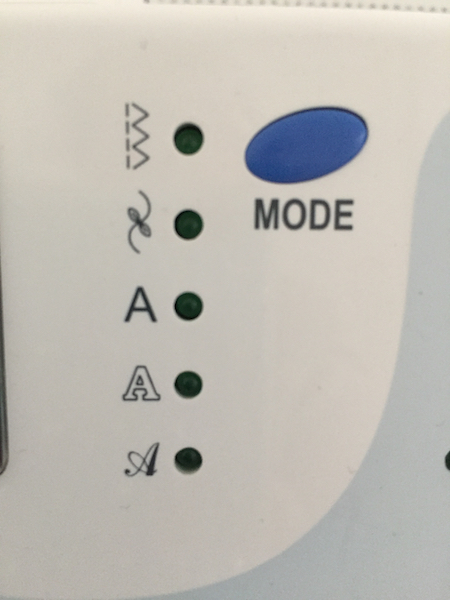 On the Advanced machine the right mode has to be highlighted to get the accompanying stitch pattern.
On the Advanced machine the right mode has to be highlighted to get the accompanying stitch pattern.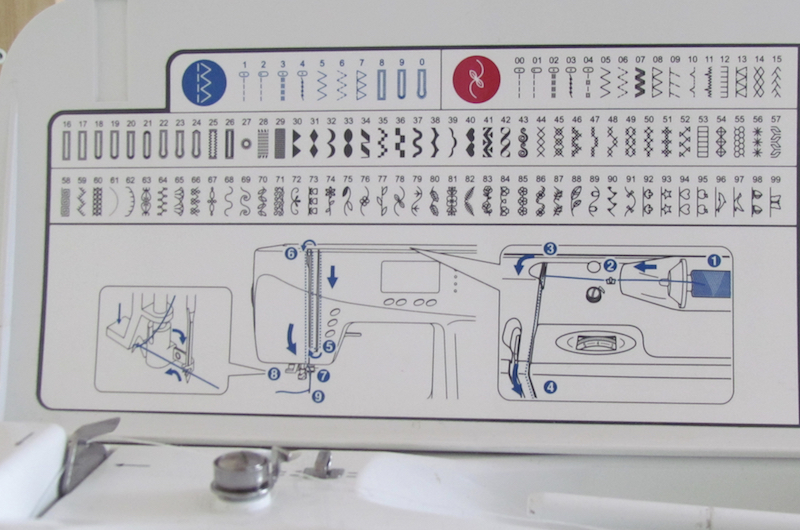 Many more pattern stitches about an extra 60.
Many more pattern stitches about an extra 60.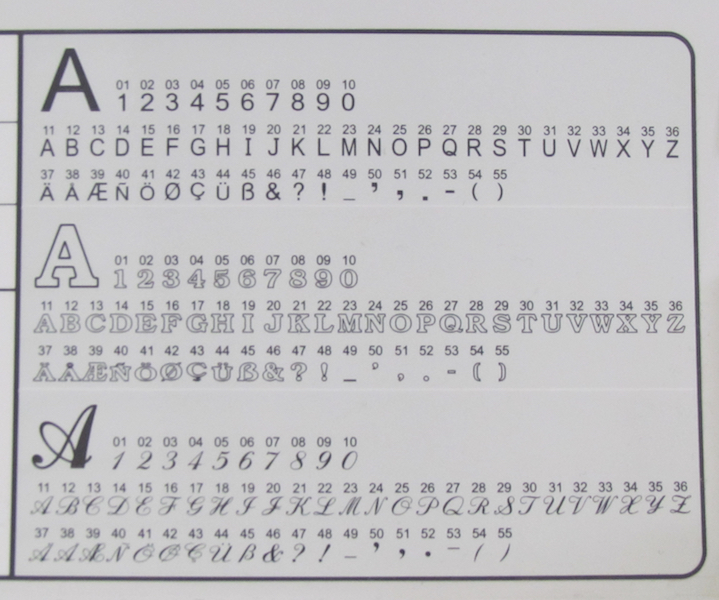 Three different letter styles as well.
Three different letter styles as well.When the correct mode is highlighted the corresponding number for the pattern, letter or number is pressed and will show on the front screen.
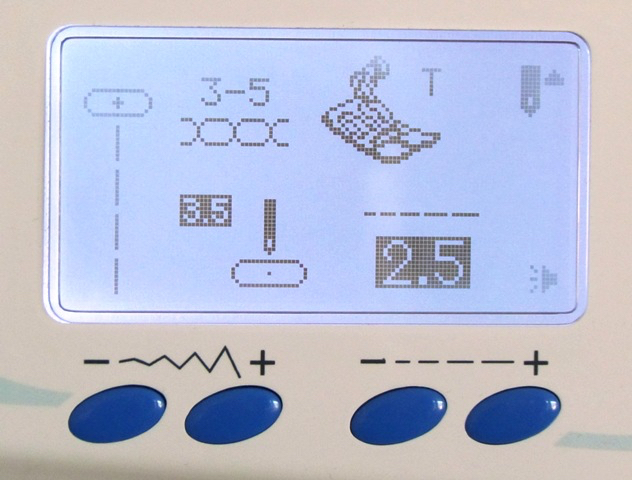 The screen that will show what stitch is being used at that time. Buttons underneath can change the stitch length and width.
The screen that will show what stitch is being used at that time. Buttons underneath can change the stitch length and width.The starter or basic machine is probably the one most people will start out with and could keep for a long time as in my case with my New Home machine as I was making and repairing clothes.
The type of sewing you do could help choose the machine for you as there are so many to choose from.
The advanced machine shown here doesn't have as many stitch patterns that other machines have, choose wisely and carefully and decide how you will use the machine as not all sewing machine parts may be used.
There a some shopping outlets such as Crafters Companion that could help you choose your machine.
Enjoy your sewing projects.
Affiliate offers
Please take care with any soft furnishing that it does not come into contact with any heat source.
If you have found an error on this page or want some more information on sewing cushions.
Please contact me . Thank you
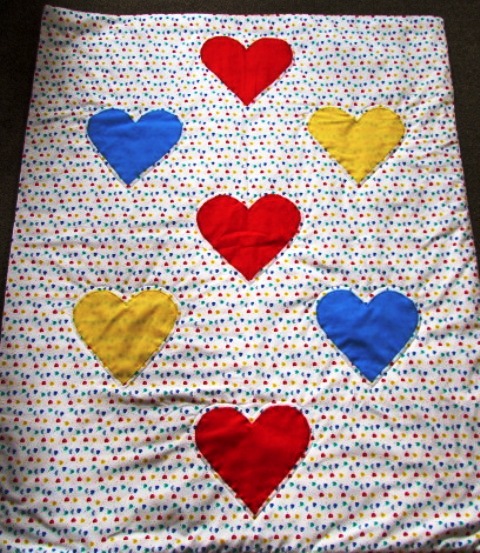
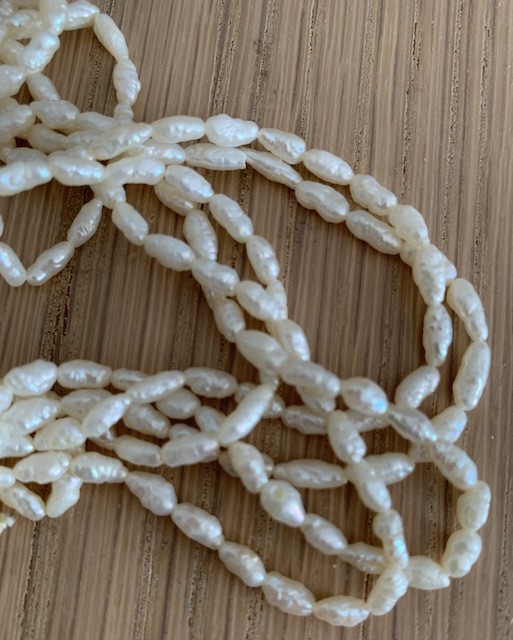
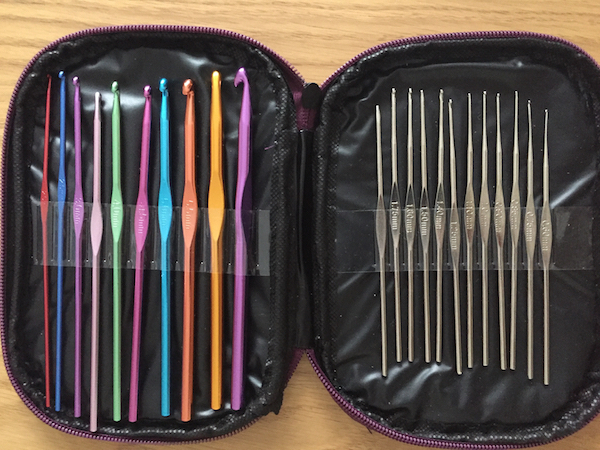
New! Comments
Have your say about what you just read! Leave me a comment in the box below.